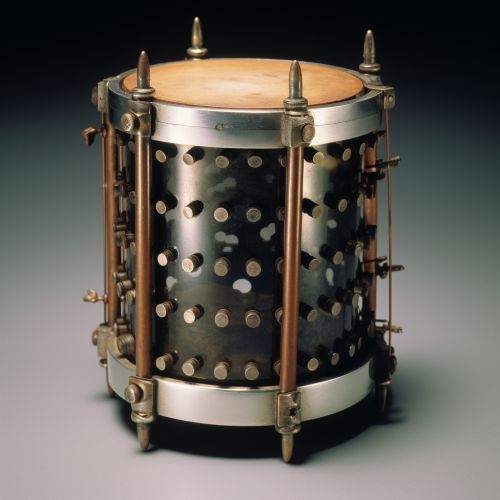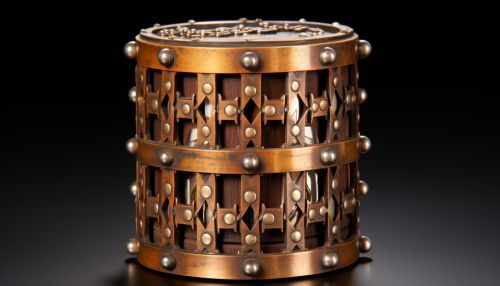Paul Trap
Overview
A Paul trap is a type of ion trap that uses dynamic electric fields to trap charged particles. Named after Wolfgang Paul, who received the Nobel Prize in Physics in 1989 for this work, the trap is used in a variety of scientific and technological applications, including mass spectrometry, quantum computing, and atomic clocks.
Principle of Operation
The Paul trap operates by using a combination of static and oscillating electric fields. The static field is used to confine the ions along one axis, while the oscillating field is used to confine them along the other two axes. This creates a three-dimensional trap that can hold the ions in place.


The key to the operation of the Paul trap is the use of an oscillating field. This field changes direction at a frequency that is high enough to prevent the ions from responding to the changes. As a result, the ions are effectively trapped in the center of the field.
The strength of the trapping field can be adjusted by changing the amplitude of the oscillating field. This allows the trap to hold ions of different charges and masses.
Applications
Paul traps have a wide range of applications in both scientific research and technology.
Mass Spectrometry
In mass spectrometry, Paul traps are used to hold and manipulate ions for analysis. The trap allows the ions to be isolated and studied in detail, providing valuable information about their properties and behavior.
Quantum Computing
In the field of quantum computing, Paul traps are used to hold and manipulate individual ions. These ions can be used as qubits, the basic units of information in a quantum computer.
Atomic Clocks
Paul traps are also used in the construction of atomic clocks, which are the most accurate timekeeping devices currently available. The trap is used to hold a single ion in place, allowing its oscillations to be measured with great precision.
Advantages and Limitations
Like any scientific instrument, the Paul trap has both advantages and limitations.
Advantages
One of the main advantages of the Paul trap is its ability to hold and manipulate individual ions. This makes it a powerful tool for studying the properties of ions and for manipulating them in applications such as mass spectrometry and quantum computing.
Another advantage is the trap's flexibility. The strength of the trapping field can be adjusted to hold ions of different charges and masses, making the trap versatile and adaptable.
Limitations
Despite its advantages, the Paul trap also has some limitations. One of the main limitations is the difficulty of maintaining the trap's stability. The oscillating field that is used to trap the ions can also cause them to become unstable and escape from the trap.
Another limitation is the difficulty of scaling up the trap. While the Paul trap is excellent for trapping individual ions, it becomes more difficult to use as the number of ions increases.
